Introduction
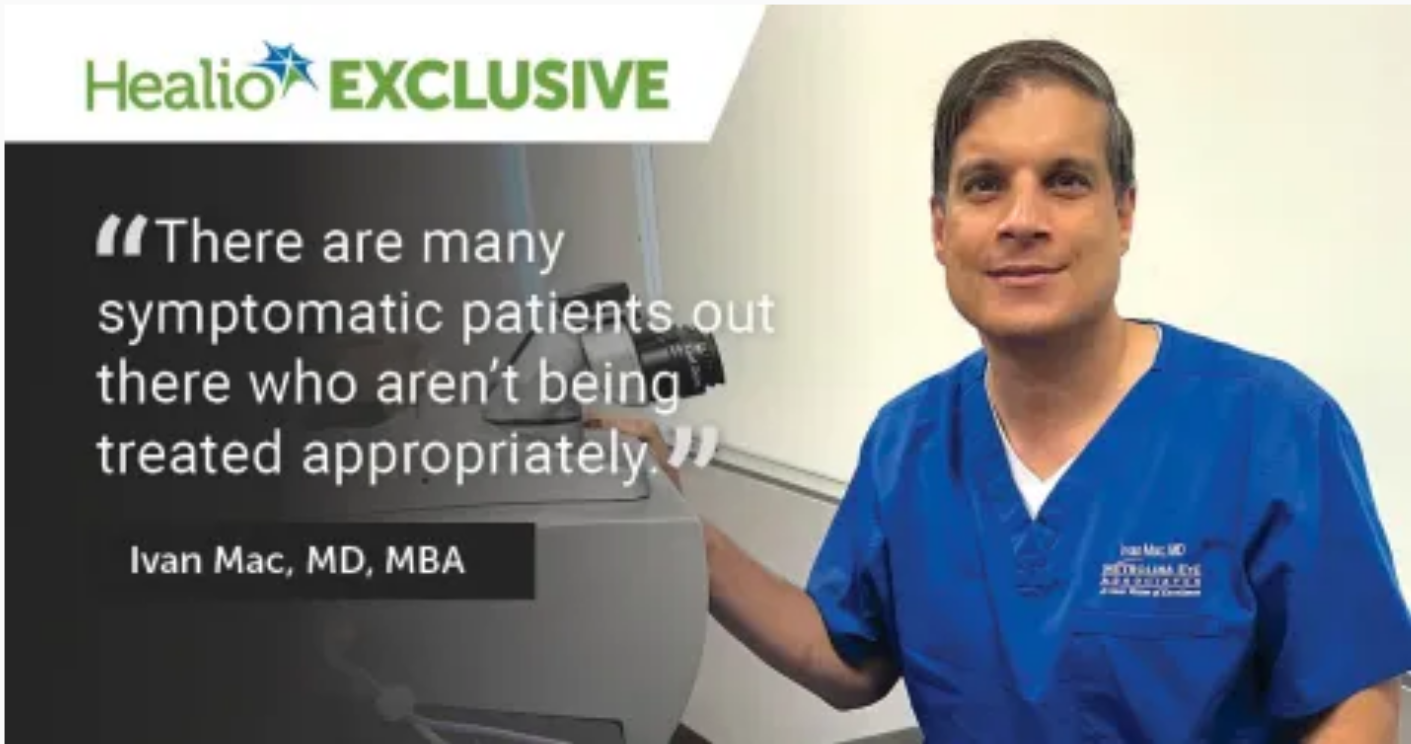
Ivan Mac, MD, MBA – Dry eye specialist
In recent years, ophthalmology has witnessed a wave of breakthrough therapies in the treatment of dry eye disease. These targeted agents can address specific causes of the disease, opening a new era in eye care. However, paradoxically, many patients still cannot access these game-changing solutions.
Darrell E. White, MD shared:
“One of the biggest barriers is the notion that dry eye is not a disease, but merely a lifestyle inconvenience. That is, of course, completely untrue. This is a real, honest-to-goodness disease that deserves proper treatment.”
In addition, health care costs and insurance limitations make access to dry eye treatments increasingly difficult despite major medical advances.
Reality: When Patients Are Overlooked
According to Ivan Mac, MD, MBA, there is an alarming reality:
“There are many symptomatic patients who are not treated appropriately. Many providers ignore it… Many just give patients artificial tears, think that’s enough, and walk away.”
He said that by the time dry eye specialists see patients, they have often already tried artificial tears or over-the-counter medications without success. At that point, specialists must identify underlying issues and treat each component of the disease.
Diagnosis – A Key Step in Dry Eye Management
According to Marjan Farid, MD, one of the biggest barriers is accurate diagnosis. It is estimated that more than 16 million patients in the United States have been diagnosed with dry eye disease, but seeing a specialist does not guarantee immediate solutions.
Marjan Farid, MD stated:
“Even when patients are seen, many eye care professionals still struggle to identify when ocular surface disease is significant enough to require intervention. Signs and symptoms do not always correlate.”
Diagnostic Tools and the ASCRS Algorithm
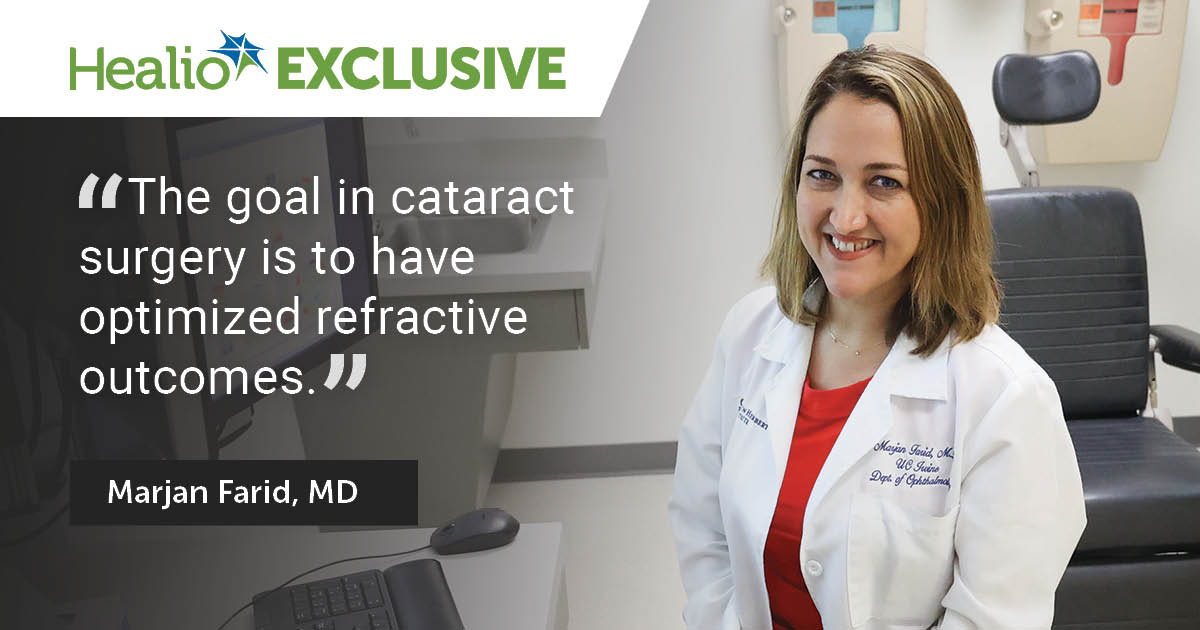
Marjan Farid, MD, Member of Healio | OSN Cornea/External Disease Board
Although there are many modern tests such as tear osmolarity, MMP-9, meibography, and topography, Dr. Farid emphasized:
“Diagnostics should begin with a good patient history, a thorough slit lamp exam, and the ASCRS algorithm.”
Classification – Not All Dry Eye Is the Same
Once a diagnosis is made, the next step is classification.
Marjan Farid, MD emphasized:
“This is critical because not all dry eye is the same… Traditionally, we have divided it into aqueous deficient and evaporative. But in reality, there are many variations.”
Traditionally, dry eye has been divided into two main categories:
- Aqueous deficient dry eye
- Evaporative dry eye
However, there are far more complex variations. For example, Parkinson’s patients may blink less frequently, while others may have lid margin disease or undiagnosed Demodex blepharitis.
Ivan Mac, MD, MBA shared:
“Our classic mistake has been to apply the same solution to everyone. When patients report that it doesn’t work, both doctor and patient become frustrated. That’s because we haven’t identified the true underlying cause.
We must consider each component of dry eye — aqueous deficiency, meibomian gland dysfunction, autoimmune issues… With new therapies, this truly changes the game.”
Treatment – When Breakthrough Therapies Face Barriers
Marjan Farid, MD noted:
“Not all dry eye disease is inflammatory. We shouldn’t rush to add more anti-inflammatory drugs — that only creates further frustration for doctors and patients.”
Ivan Mac, MD, MBA observed:
“We can prescribe the best therapy, but if patients cannot afford it or insurance won’t cover it, they won’t use it. Our biggest frustration is being forced into stepwise therapy with cyclosporine — an inferior product compared to what is now available.”
CRAPES – Summary of Access Barriers
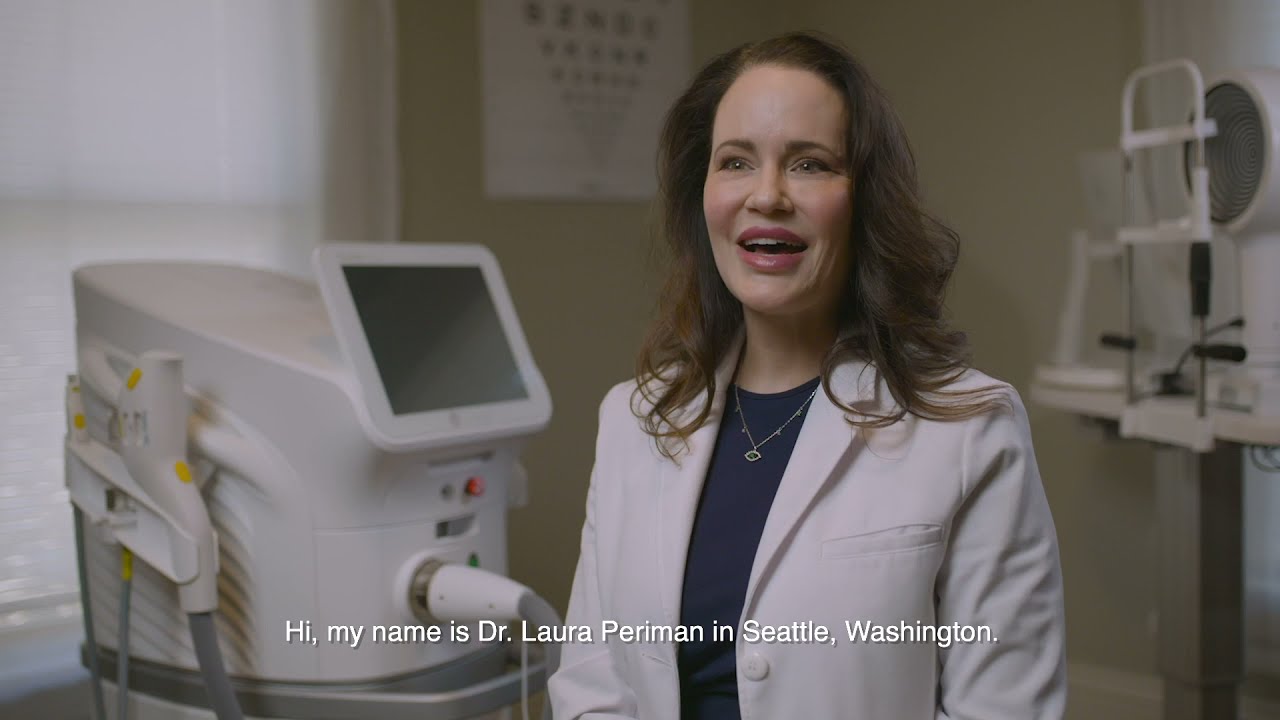
Laura Periman, MD, Member of Healio | OSN Cornea/External Disease Board
- C – Cost and coverage: High drug prices, limited insurance coverage.
- R – Regulatory fragmentation: Variability in approval and availability across countries.
- A – Access burden: Prior authorizations and lack of transparency.
- P – Patient satisfaction: Discontinuation due to cost, side effects, or complex regimens.
- E – Environmental & equity: Disparities in care and prescribing patterns.
- S – Scarcity of innovation: Few effective, fast-acting, well-tolerated therapies.
Laura M. Periman, MD emphasized:
“What concerns me most is the overreach of insurance companies… arbitrary and unreasonable barriers that prevent doctors from providing the best therapies to dry eye patients.”
Challenges Between Doctors and Patients
Insurance not only makes care less affordable but also creates misunderstandings between doctors and patients.
“Patients think we are lazy when in fact we are working extremely hard to navigate the process. Transparency is not sufficient and does not reflect reality.”
Many patients become discouraged, stop treatment, or switch doctors, making it harder to re-establish proper therapy.
Setting Expectations and Patient Education
Marjan Farid, MD highlighted the importance of managing expectations:
“I tell my patients there is no magic bullet that will solve all their problems. We need to find a cocktail of therapies suited to their specific type of dry eye. Discussing expectations helps them understand how long they need to stay on a treatment before evaluating its effectiveness.”
In general, Dry eye disease is a real medical condition with a growing burden. Breakthrough therapies offer hope, but access remains a major barrier. From misconceptions to costs, insurance restrictions, and administrative hurdles, all hinder patients from receiving effective care.
To overcome this, cooperation is needed between doctors, the health care system, and policymakers.
As Laura M. Periman, MD concluded:
“The good news is that we now have more targeted and specialized tools than ever before. Taking the time to understand and use them will improve outcomes and satisfaction for both doctors and patients.”

 vi
vi 06-Sep-2025
06-Sep-2025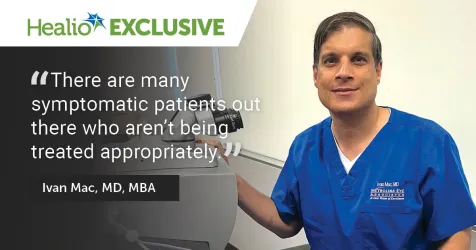
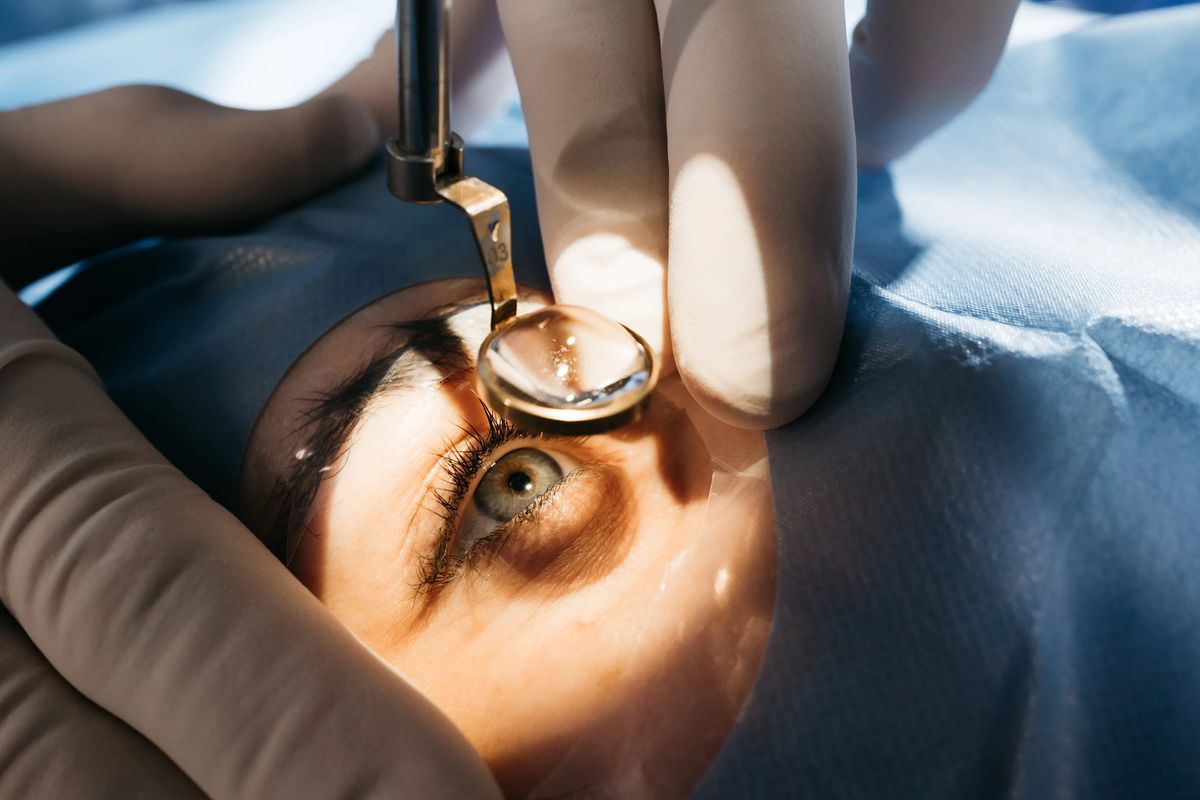



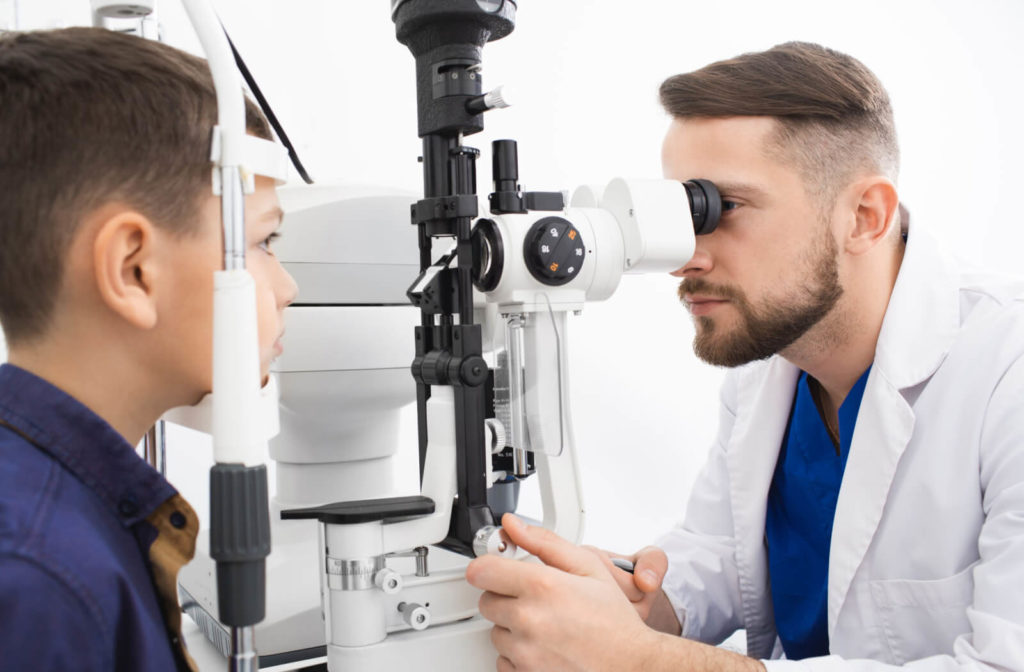






 0916.741.763
0916.741.763 Appointment
Appointment